One of the many reasons to love winter is that it brings so many wonderful new birds to this country. We might complain about our colder weather and the need to wrap up, but for many migratory birds, this country is a warm haven from their breeding grounds which are often within the Arctic Circle. In the past, these migrations confused people, leading to bizarre myths about geese hatching from barnacles and tiny birds travelling over the sea on the backs of larger species. Here are five to look out for this winter.
Redwings: surprisingly easy to see, and even easier to overlook as they are often camouflaged by the leaf litter that they like to hang about in. It would be a shame to miss these small thrushes, though, as they have a beautiful red smudge under each wing and gather in large flocks with other related thrush species, including the equally lovely Fieldfare. They come to the UK from Scandinavia, Iceland and Russia and feed on berries or earthworms. Look in parks and grassland and – as the weather grows colder and food becomes scarcer – back gardens.
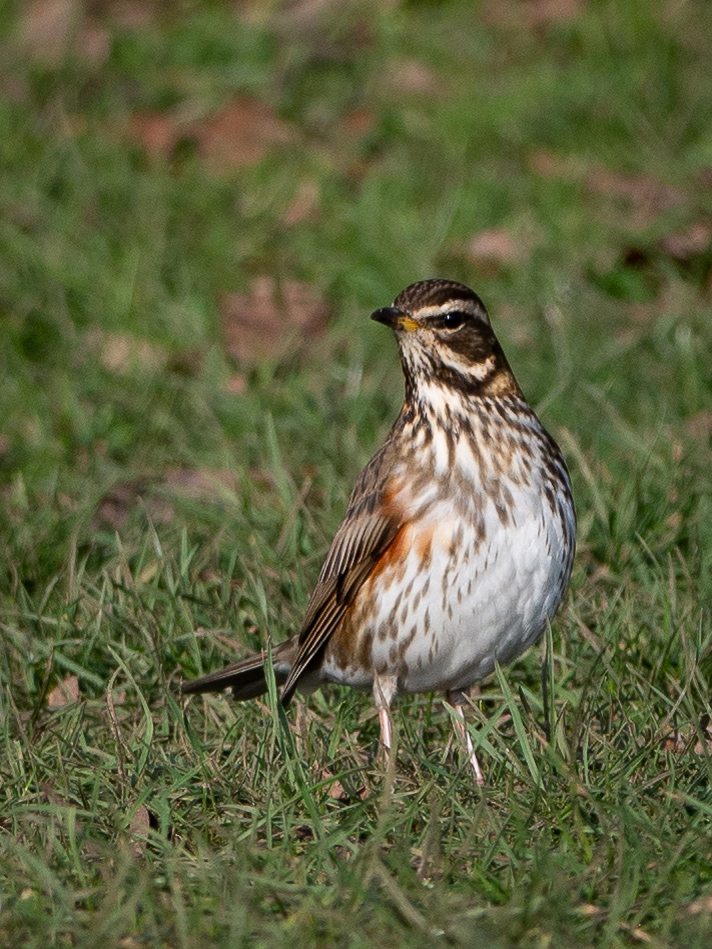
Bittern: It’s only in recent years that a Bittern appearing in the UK wasn’t a major event. Now, thanks to a real effort from conservation groups, these bizarre birds are breeding once again, and you can regularly see them, even in London. They hang out in reedbeds, where their stripy plumage makes them pretty hard to spot, but once you have locked eyes on one, you’ll see that they look like herons trying to dress up as pythons. If you’re birdwatching in the capital, you can go to the Wetland Centre in Barnes or Lee Valley Country Park.
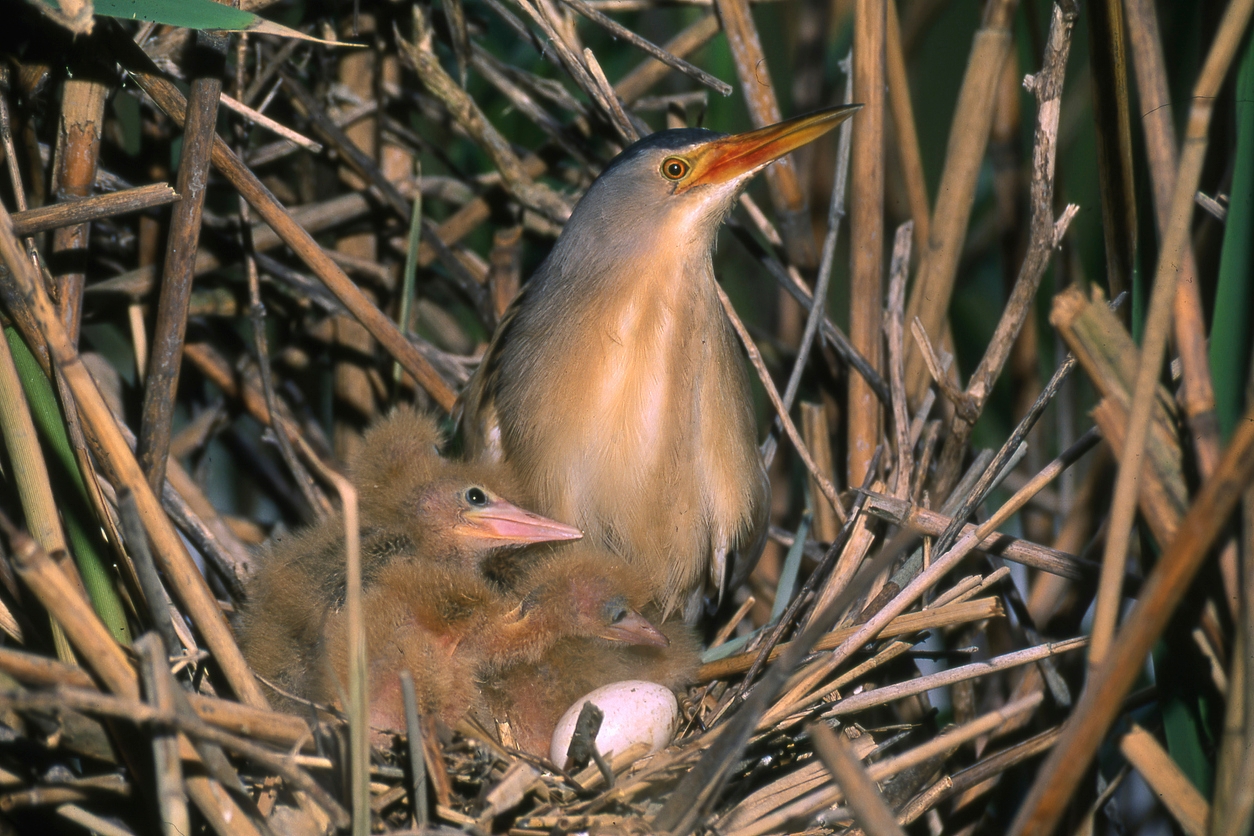
Waxwing: A bird with cult status in this country. There’s even a Twitter feed which documents their arrival from Scandinavia and Russia as the British winter begins. They’re already in Scotland, and will slowly move south over the coming weeks, often popping up in quite amusing places such as supermarket car parks. The reason they like these sorts of places is that they’re often planted with rowan trees, which bear berries they find irresistible. These birds are probably the most beautiful of our winter visitors, with punky crests on their heads and yellow and red waxy markings on their wings and tails (hence the name).
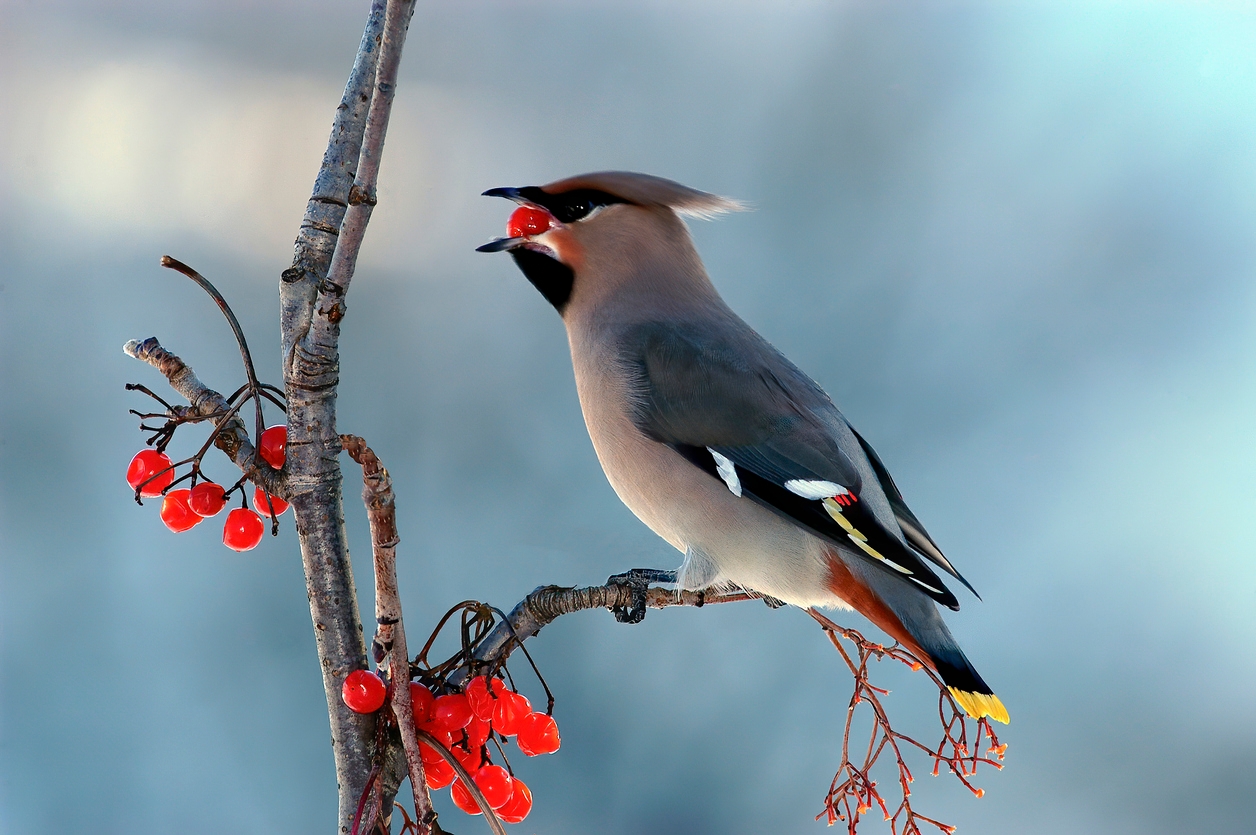
Barnacle geese: while the Waxwing’s name makes sense as soon as you see the bird, the origins of the Barnacle Goose are rather less obvious. They don’t look like barnacles, for one thing. Their plumage is stylishly monochrome. Their faces are white, their heads and necks black and they have barcodes on their wings and backs.
So why the name? The explanation sounds quite ludicrous today: because they rear their young on Svalbard, no-one in Britain saw their chicks for centuries. This led to naturalists making the apparently logical assumption that they must instead be hatching from Goose Barnacles growing on driftwood. Some even claimed to have seen them hatching. Usefully, this meant they weren’t considered ‘of the flesh’, and could therefore be eaten by Christians who were fasting for Lent, which is a more elaborate route around the restrictions than just taking Sundays and St Patrick’s Day off. You’ll have to make some effort to see them: they overwinter on the Solway Firth and on Islay.
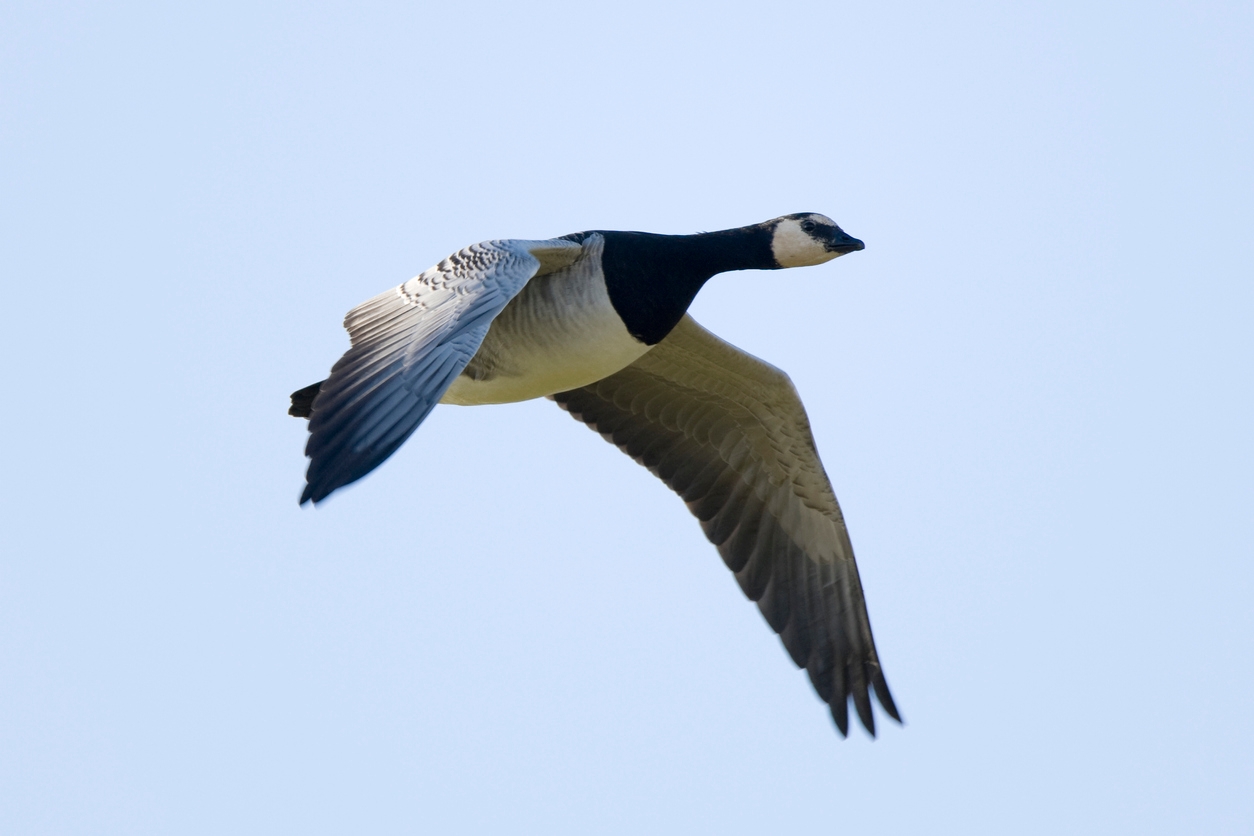
Goldcrest: the Goldcrest’s common name is obvious enough, referring to the lovely yellow stripe on the bird’s head. But it was also formerly known as the ‘Woodcock pilot’ because it was believed that this full-stop-shaped bird couldn’t possibly fly over the North Sea from Scandinavia alone, and therefore it must be hitching a ride on the back of bigger birds like the Woodcock. But despite weighing only 6 grams, the Goldcrest and its rarer relative the Firecrest does indeed migrate over the sea in winter, settling particularly in areas with coniferous trees (if you’re not near a forest, try looking in local graveyards). Viewed straight on, they look incredibly grumpy.
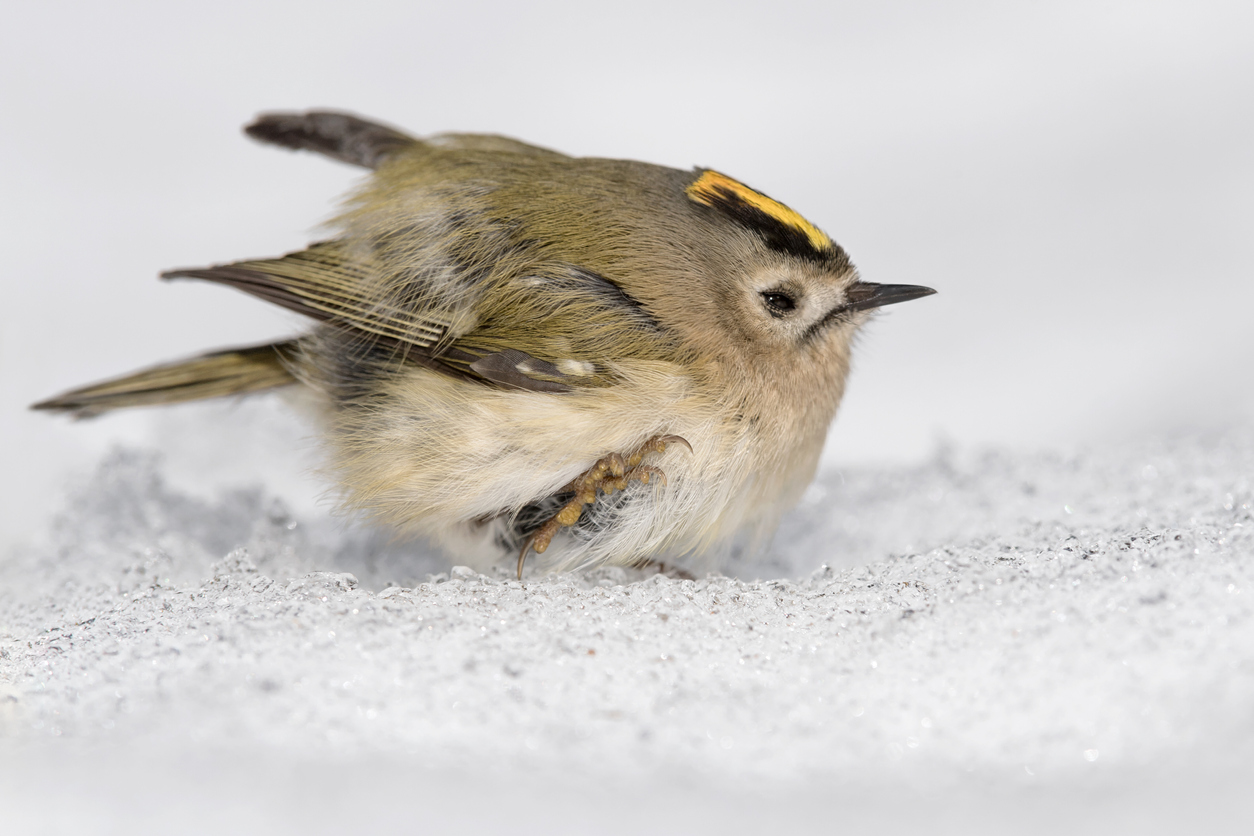

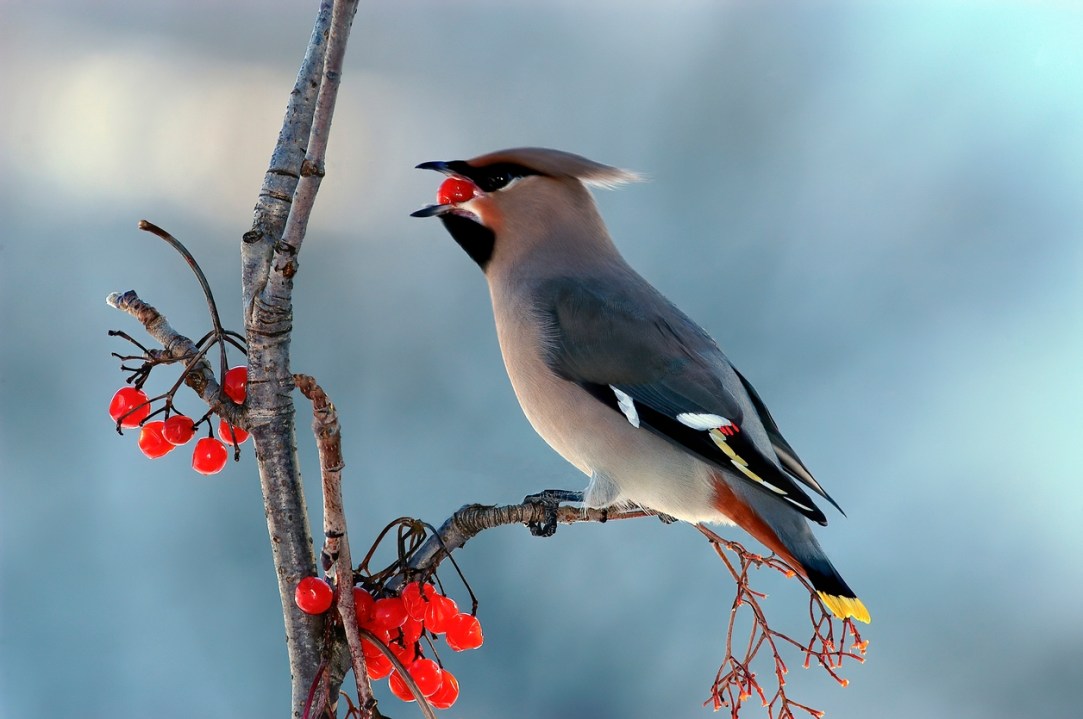
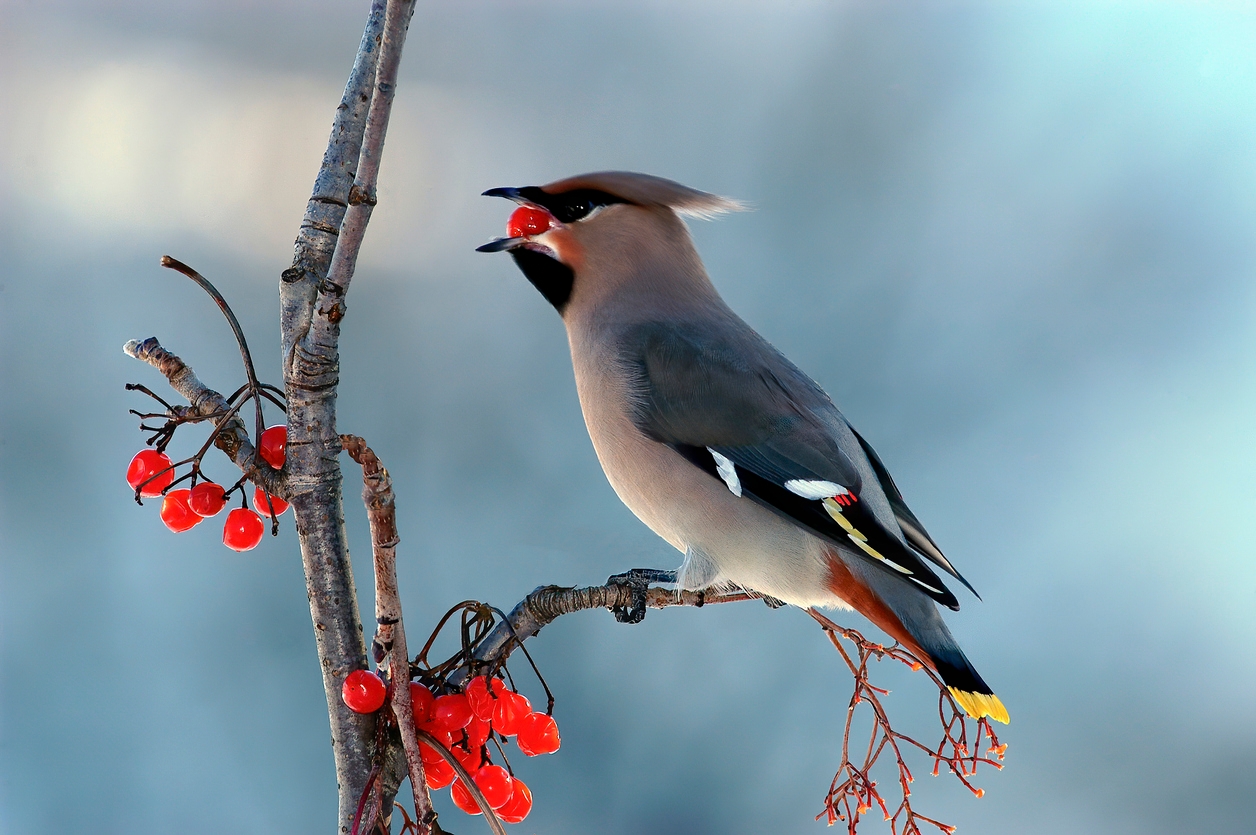




Comments